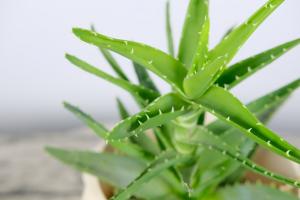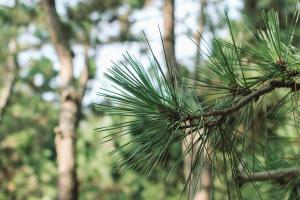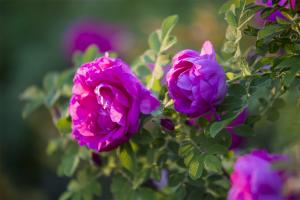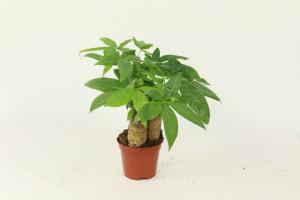Should I Use Potting Soil When Planting a Flower Bed?
Planting a flower bed can be a rewarding experience. It adds beauty to your yard and can also attract pollinators such as bees and butterflies. However, the success of your flower bed depends largely on the quality of the soil you use. Potting soil is a popular choice, but is it really the best option for a flower bed? In this article, we will explore the pros and cons of using potting soil when planting a flower bed.
Pros of Using Potting Soil
There are several benefits to using potting soil in a flower bed. Here are some of the pros:
Good drainage: Potting soil is designed to drain well, which means your plants will not be sitting in water and their roots will not rot.
Uniform texture: Potting soil is made up of a consistent blend of materials which can help promote healthy root growth throughout the flower bed.
Low weed content: Potting soil is usually free of weeds, which can help reduce the amount of weeding you need to do in your flower bed.
Overall, potting soil can help you achieve a healthy flower bed that thrives throughout the growing season.
Cons of Using Potting Soil
While potting soil has its benefits, there are also some downsides to using it in a flower bed. Here are some of the cons:
Cost: Potting soil can be more expensive than other types of soil, which can add up if you have a large flower bed.
Limited nutrients: Potting soil is designed to be used in containers where plants have restricted access to nutrients from the surrounding environment. In a flower bed, the soil needs to provide plenty of nutrients to promote healthy growth.
Poor soil structure: Potting soil can become compacted over time, which can make it difficult for plant roots to penetrate the soil and access the nutrients they need.
Considering these factors, using potting soil in a flower bed may not be the best option for everyone.
Alternatives to Using Potting Soil
If you decide that potting soil is not the best choice for your flower bed, there are several alternatives you can consider. Here are a few options:
Garden soil: Garden soil is a popular choice for flower beds. It is typically less expensive than potting soil and provides more nutrients. You can also amend it with compost or other organic matter to improve its structure.
Topsoil: Topsoil is similar to garden soil, but it is the uppermost layer of soil found in natural environments. It can be a good choice for flower beds because it contains more organic matter than subsoil.
Compost: Compost can be added to any type of soil to improve its nutrient content and structure.
Ultimately, the choice of soil for your flower bed will depend on your specific needs and the conditions in your yard. It may be helpful to speak with a local gardening expert to determine which option is best for you.
Conclusion
Choosing the right soil is an important part of planting a flower bed. While potting soil has its advantages, it may not be the best option for everyone. To make an informed decision, consider the pros and cons of using potting soil and explore alternative options. With the right soil, your flower bed will be well on its way to thriving and adding beauty to your yard.

 how many times do yo...
how many times do yo... how many planted tre...
how many planted tre... how many pine trees ...
how many pine trees ... how many pecan trees...
how many pecan trees... how many plants comp...
how many plants comp... how many plants can ...
how many plants can ... how many plants and ...
how many plants and ... how many pepper plan...
how many pepper plan...






























